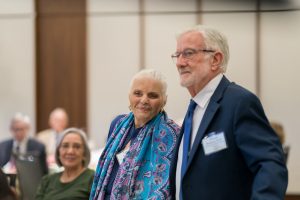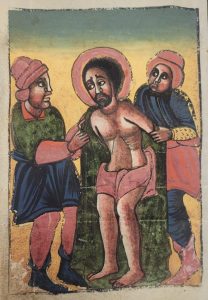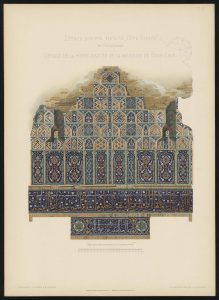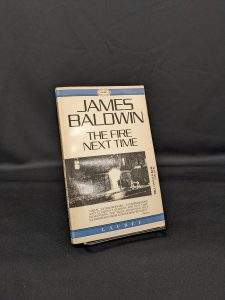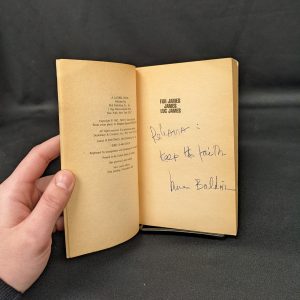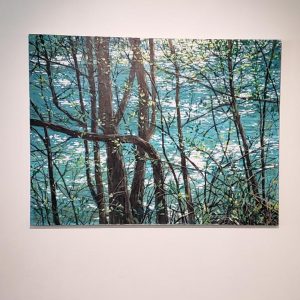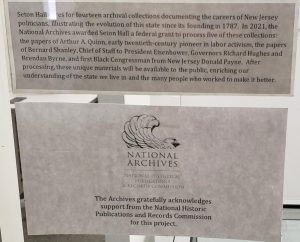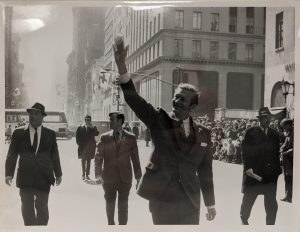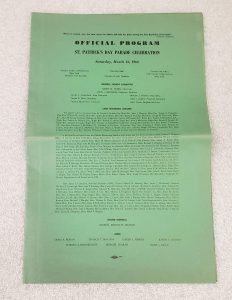Classes may be coming to an end, and graduation on the horizon, but for us in Special Collections the work doesn’t stop. Rather than bringing students into the archives, during the summer we work on the behind the scenes projects that make new collections available to to the community. Many of these are supported by grants. This summer, the Walsh Gallery and Field Archives have been fortunate to receive special funding from diverse institutions to pursue four projects:
- Restoring an important landscape ink painting by renowned calligrapher and poet Bada Shanren.
- Digitizing the archive of Italian Tribune newspapers that document Italian-American life in Newark during the mid-twentieth century.
- Processing the papers of physicist and priest Father Stanley L. Jaki, O.S.B., including translating his letters from Hungarian.
- Taking a deep dive into the best ways of teaching the history of the book with the specialists at Rare Book School.
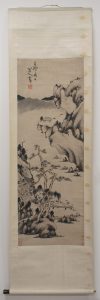
Zhu Da, or Bada Shanren
1699
Wang Fangyu Collection of Asian Art
77.10.37
The painting, attributed to Chinese artist Bada Shanren, represents a key professional interest of the late Seton Hall professor Wang Fangyu, or Fred Wang. Professor Wang was deeply interested in Bada Shanren, who was an innovative figure in Chinese art. Wang collected many examples of Shanren’s art during his career as a collector, and many of those are now part of the world-famous Freer Gallery in Washington. This example is the only one remaining in Seton Hall’s collections, and this opportunity to restore it will provide an opportunity for a specialist to delve into the details of the piece’s construction, enriching our knowledge of the piece while also repairing it so that it may be safely exhibited.
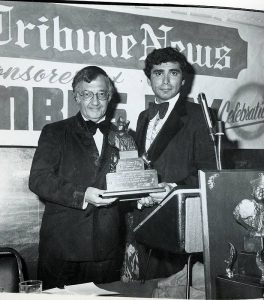
The Italian Tribune newspaper project, a partnership with the Newark Public Library supported by the UNICO foundation, will enable Seton Hall to expand access to this key Newark publication, which documented Italian American life throughout the twentieth century. Currently people have to come in person to see the microfilmed holdings at the Newark Public Library, but once the microfilms are digitized, researchers from anywhere will be able to access them in digital form. OCR will enable keyword searching, which will be particularly valuable for genealogists.
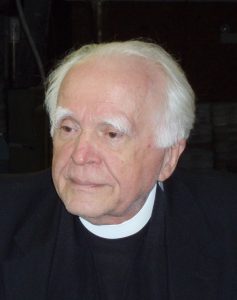
Credit: Antonio Colombo, CC BY-SA 3.0
This spring, the American Institute of Physics provided support to process the papers of Father Stanley L. Jaki, O.S.B. Father Jaki was a Benedictine priest from Hungary who studied as a physicist with some of the most important figures in the field such as Victor Hess, and wrote extensively about the connections between science and faith. Professor Jaki won many prizes and lectured worldwide – yet his archives are not yet available to researchers, since they have not been preserved or described. With the AIP’s support, these important materials will finally be made available.
Finally, Assistant Dean Sarah Ponichtera has been admitted to the Rare Book School course “Teaching the History of the Book” taught by renowned rare book historian Michael F. Suarez, S.J. This course will focus not on book history or bibliography itself, but how to connect students with the incredible resources available in rare book collections such as Seton Hall’s. In particular the course will discuss how to incorporate the many amazing digital humanities projects based on rare books into a class on book history.
It will be a busy summer! We look forward to sharing the results of these projects with you next fall.
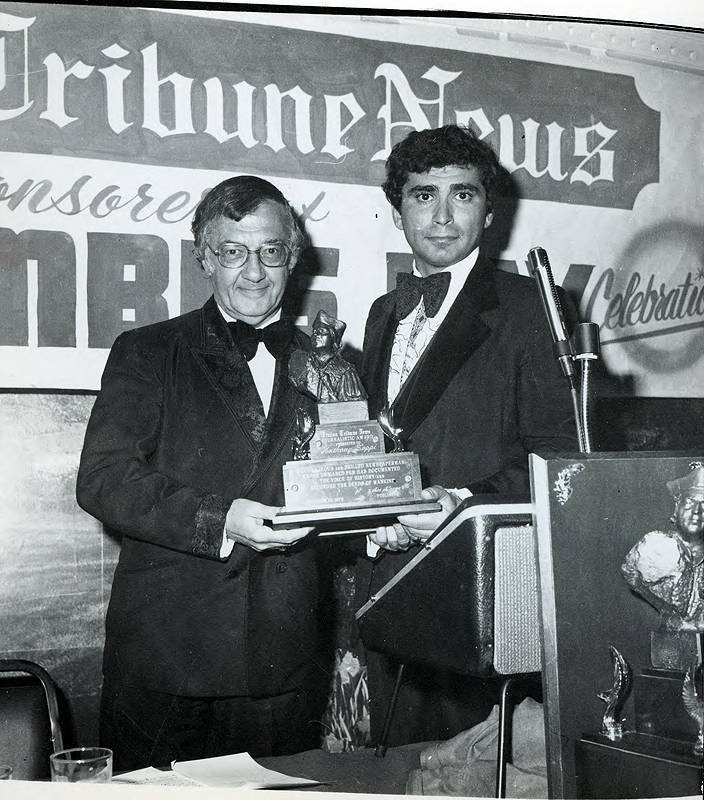
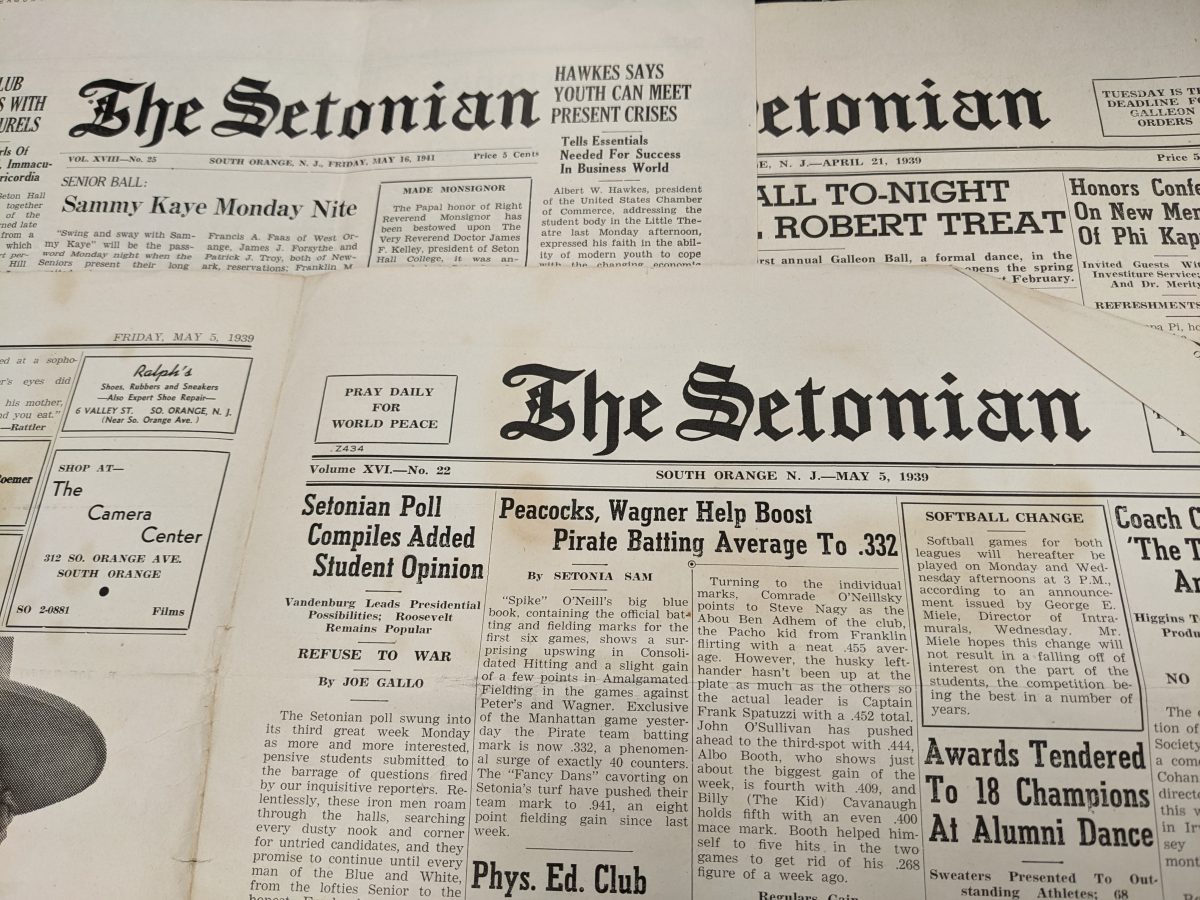
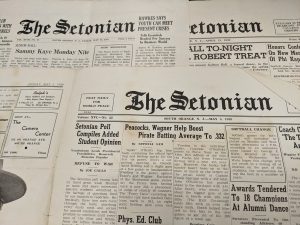 The Monsignor Noe Field Archives and Special Collections Center has held copies of these student-run newspapers for many years. However, certain years and issues are incomplete or missing, and they require more stabilization and support to ensure their longevity for years to come. With this project the necessary supplies can be ordered to finally rehouse the rest of the Setonians along with the Diplomatic Envoy, and the Stillman Exchange.
The Monsignor Noe Field Archives and Special Collections Center has held copies of these student-run newspapers for many years. However, certain years and issues are incomplete or missing, and they require more stabilization and support to ensure their longevity for years to come. With this project the necessary supplies can be ordered to finally rehouse the rest of the Setonians along with the Diplomatic Envoy, and the Stillman Exchange.
